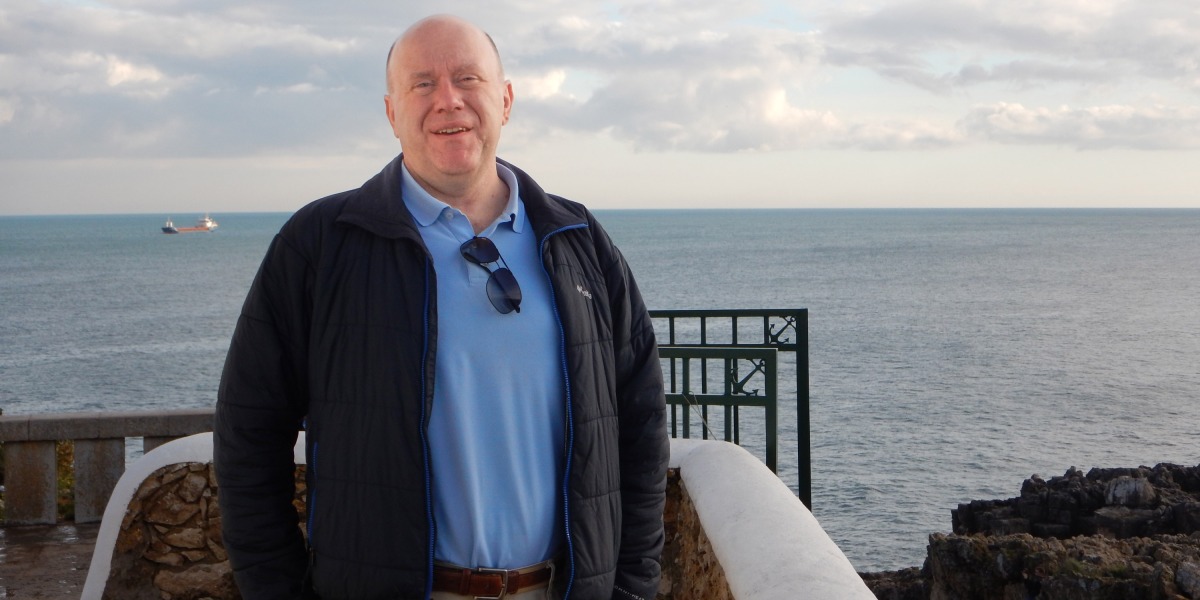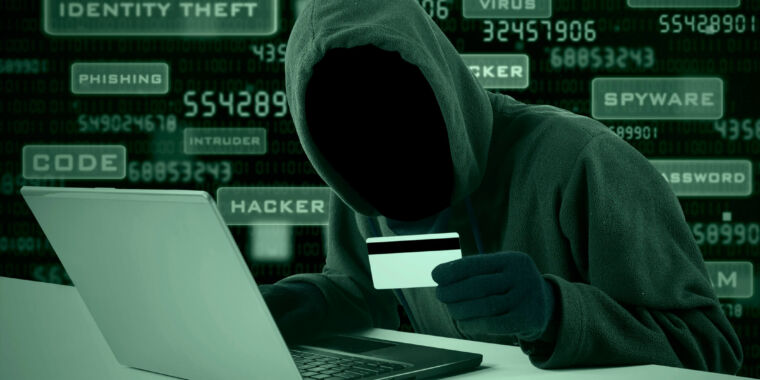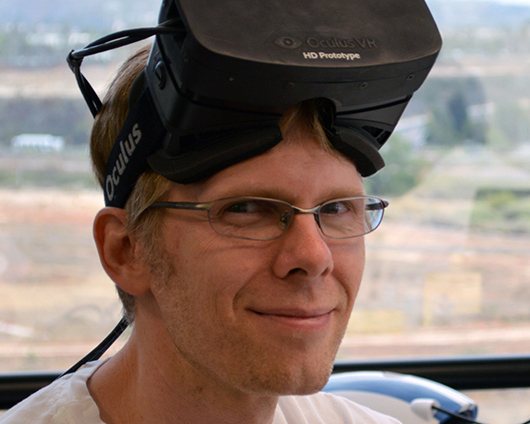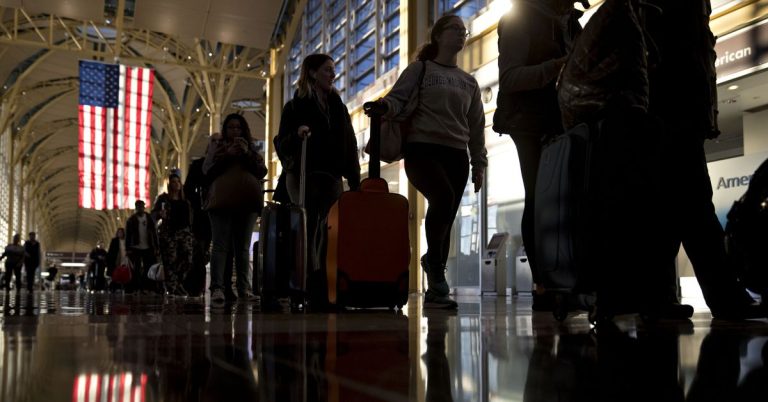
Hospitals have been bombed in Ukraine. Do the radioactive materials in those buildings pose a risk?
It is something we need to consider, because in this war, many unthinkable things have become real.
There are two medical sources of radiation. One is machinery, like X-ray machines or linear accelerators, which are used to treat cancer. They emit some radiation, but only if they are switched on. Once you switch it off, it’s just a piece of metal.
But the second source uses isotopes like cobalt or cesium, which are used in nuclear medicine and radiation therapy, for instance in positron emission tomography (PET). They are physically protected in the hospital, which means they are protected from theft. But they are not protected against being hit by a bomb.
If they were compromised, we might see something like the Goiânia accident in Brazil in 1989. Then, some people stole and dismantled a radiotherapy device from an abandoned hospital site in order to sell the parts as scrap metal. They discovered this small ampule filled with cesium, which glowed blue at night. It’s a long story, but the single destroyed source of radiation contaminated much of Goiânia. Four people died, 20 needed hospital treatment, and 249 people were contaminated. Eighty-five houses were significantly contaminated, and 200 of the people living in these homes were evacuated. So this kind of scenario needs to be considered. And that’s without thinking about malevolent use of the sources.
What kinds of malevolent uses?
The spent fuel assemblies, for example, are a very good material for making a dirty bomb, which is a scenario for a terrorist attack. The more technical term is a radiological dispersion device. If you attach such radioactive sources to a device and explode it, then it will result in contamination of a large area with radioactive material. There are a lot of radiological scenarios of this kind now on the table.
How are the nuclear power plants in Ukraine being monitored now?
Radiation monitoring networks were set up at each nuclear power plant, but they have been disconnected now, so Ukrainian and international agencies no longer receive real-time data from them. The Ukrainian government and authorities no longer have access to this network, which was quite sophisticated and operational before this invasion.
There is also a remote monitoring network set up around the country to detect radiation. I think that the points nearest to the plants are also disabled, or at least cut from this general network. If something really bad were to happen, it would be noticed by more distant monitors. It’s not real-time control—hours would pass before it would be noticed. Unless it was reported by people who are under Russian control.
Have there been any problems so far?
What I know from official reports is that soon after the invasion, before the connection was cut, about a fivefold increase in radiation dose rates was recorded at the Chernobyl site. The most plausible explanation is that tanks disturbed radioactive material on the ground.
The Chernobyl exclusion zone is a restricted area. Some tourism is allowed, and if you follow the rules it’s pretty safe, but it can still be dangerous. What they did was move tanks back and forth, off road. This was a very heavily contaminated area following the accident in 1986, and some of the most contaminated areas were purposely covered with soil and vegetation to keep radioactivity from resuspension.
The tanks could immediately disturb these heavily contaminated layers of soil. Those guys [Russian soldiers] not only neglect law, but they also neglect any reasonable radiation safety rules. Now they’ve inhaled this dust and they have radiation in their bodies. It’s stupid from the ecological point of view, and the global point of view. At the local level it’s very dangerous and stupid. The fivefold increase in dose would present a local problem.
How would you measure contamination in people if an incident were to occur now?
There are two or three types of devices that are really important at the time of the accident. But many of the devices we have now in Ukraine are obsolete.
After the Chernobyl accident, between 1987 and around 1991, we went through a period of accumulating radiation monitoring capacity. Since then, the interest in Chernobyl has been much lower. As a result, many of our dosimetry devices are from 1991 or 1992 at the latest. The normal lifetime for those kinds of instruments is 10 years. Now, they are more than 30 years old. The equipment that is still operational is not in very good shape. As a result, we really need that [new equipment]. We have made some official demands for such equipment, but I have also made requests to colleagues in the US.
What are the devices that you need?
One type is called a survey meter. They are radiometers, like a Geiger-Müller tube. They have a display that shows you the dose rates, so you can see which area is dangerous and which is not. There are also some special dose-rate meters, which are useful for measuring contamination of clothes, hair, and surfaces after an emergency.
So-called whole-body monitors are specially calibrated to measure internal contamination, for example, in people who drink local milk or inhale contaminated air. Personal dosimeters look like badges. They are small, maybe 10-gram devices that are attached to people’s clothes. They are sent to labs to determine the dose a person has been exposed to.
Can we draw lessons from Chernobyl?
Not really. Following the Chernobyl disaster, everything was under complete control. It was possible to mobilize and recruit a thousand buses to evacuate the population. It was a completely different story.
Now we have fights—some territories are out of control, and others are under fire. I cannot imagine such an evacuation process being possible. We don’t have the means for such an evacuation, and we don’t know where to evacuate to. The routes of evacuation could be attacked and bombarded, like what’s happening in Mariupol.
My recommendation, if such an emergency were to happen, is to shelter for as long as possible before receiving special orders from the authorities. Don’t move. Don’t try to escape. Simply shelter. It doesn’t have to be underground—even apartment blocks provide sufficient shielding against radiation if you stay away from the windows.
You have moved out of Kyiv. Where are you staying now?
I am close to Kyiv, about 25 kilometers away, in a country house. Fortunately, this area is reasonably safe and I’m able to communicate with Kyiv. I’m staying within a one-hour drive of Kyiv, so I can go to Kyiv if necessary. I’m in standby mode—if my competence or my work is needed I will go back to my workplace. That was the reason why we decided not to flee.
I’m optimistic about the success of the Ukrainian military against the Russians. Ukraine will simply not be subdued. To give up or forgive is simply not an option.
Our children have two 4-year-old daughters, so we moved them to a safer place. But the elderly stay here. I’m old enough to sacrifice my life if needed.






